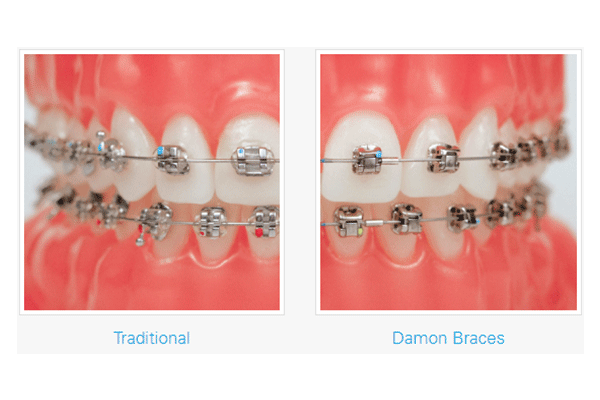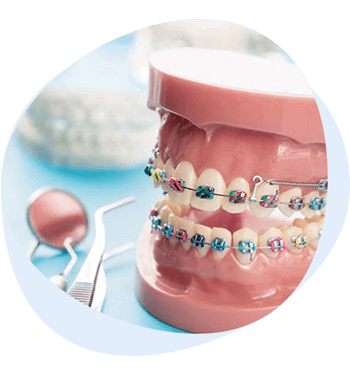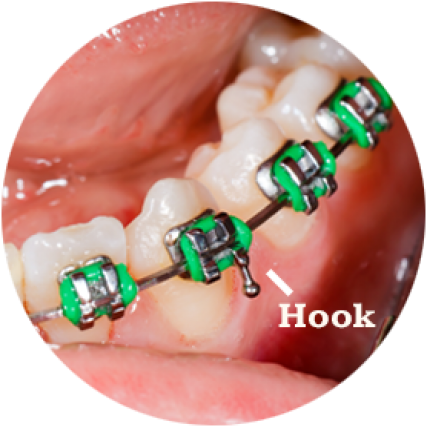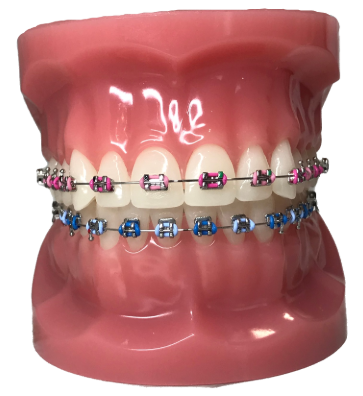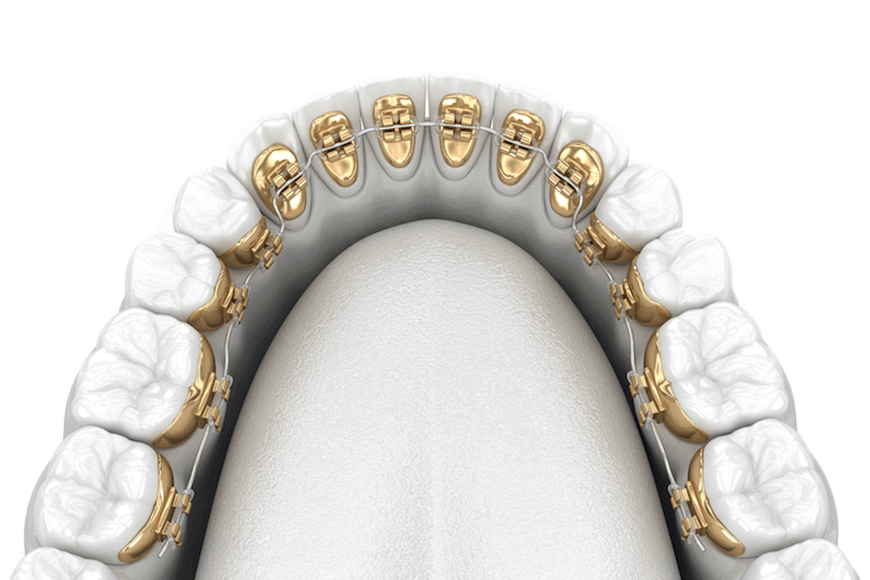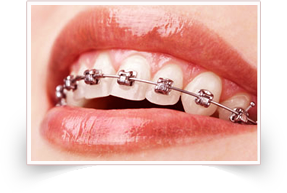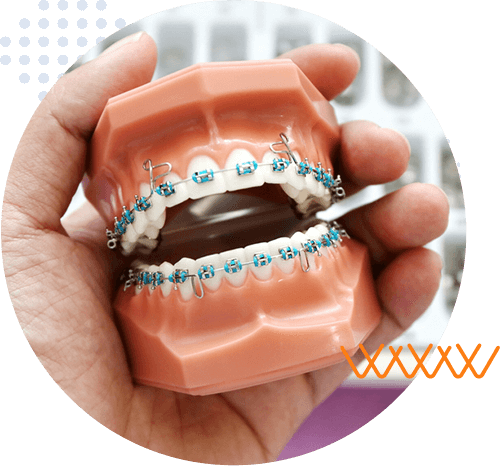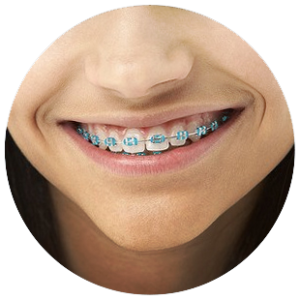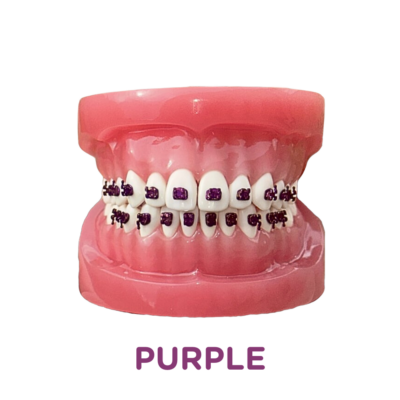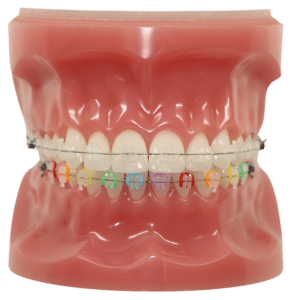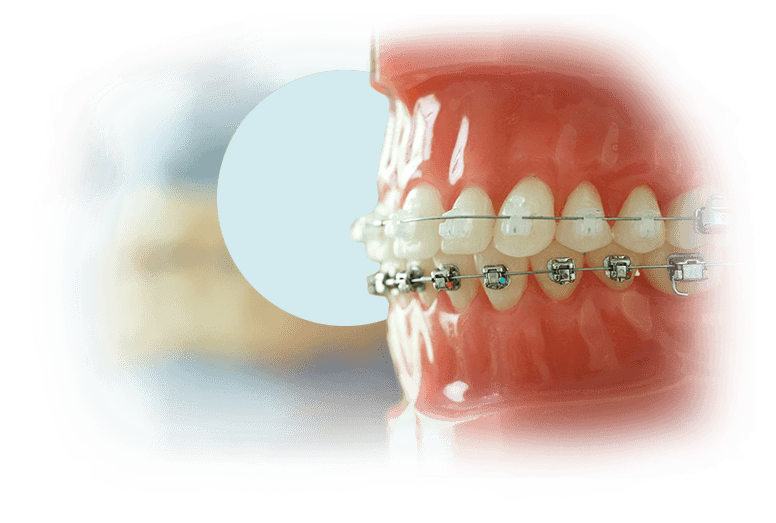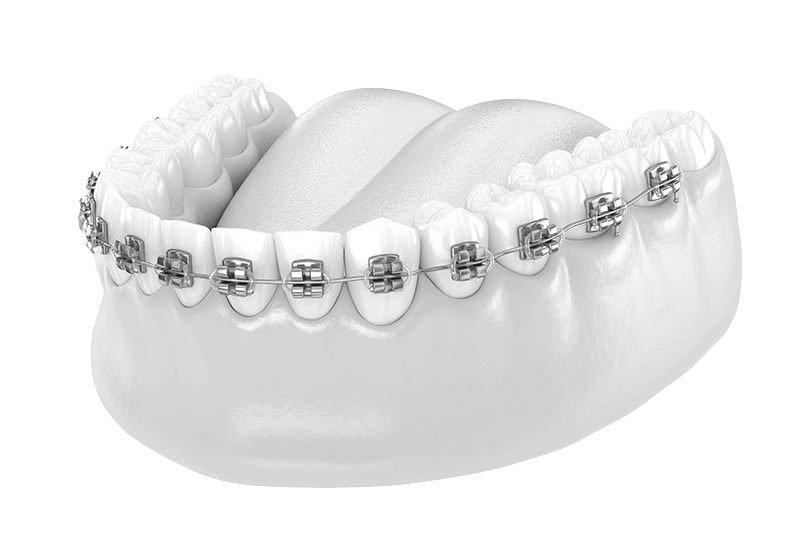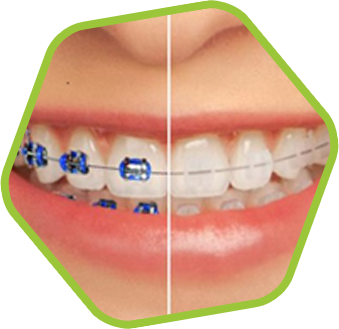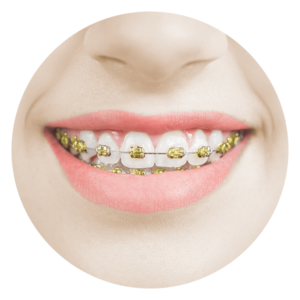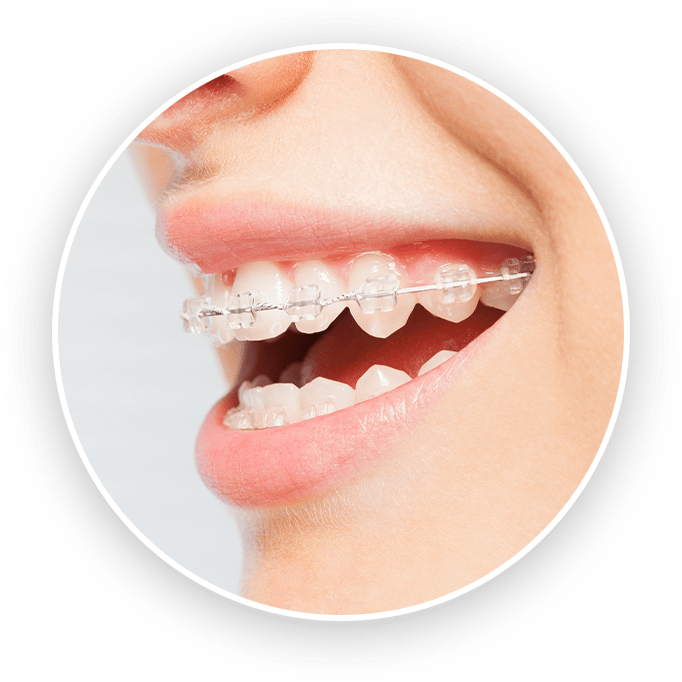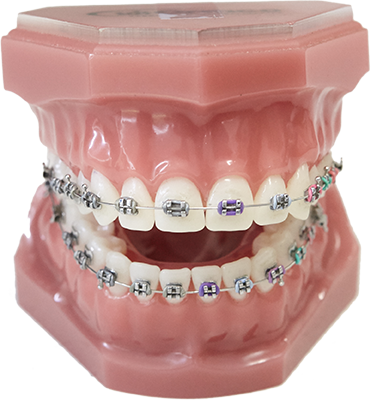Download top and best high-quality free Braces PNG Transparent Images backgrounds available in various sizes. To view the full PNG size resolution click on any of the below image thumbnail.
License Info: Creative Commons 4.0 BY-NC
Braces are orthodontic devices used to straighten crooked or misaligned teeth, correct bite issues, and improve dental health and aesthetics. They consist of metal or ceramic brackets that are attached to the teeth and connected with wires and bands to apply precise and controlled pressure and shifting forces. Braces can be customized to fit each patient’s individual needs and preferences, and can be worn for months or years depending on the complexity of the case and the desired results.
Types of Braces
There are several types of braces available, each with its own benefits and drawbacks:
- Traditional Metal Braces: These are the most common and recognizable type of braces, made of stainless steel and connected with elastic bands. They are the most affordable and sturdy option, but can be visible and uncomfortable, and require more frequent adjustments.
- Ceramic Braces: These are made of clear or tooth-colored materials that blend with the teeth and are less noticeable than metal braces. They are a good option for people who want a more discreet treatment, but can be more brittle and prone to staining and discoloration.
- Lingual Braces: These are similar to traditional metal braces, but are attached to the back (lingual) surface of the teeth instead of the front. They are virtually invisible, but may irritate the tongue and require more skill and time to install and adjust.
- Invisalign: These are a series of clear plastic aligners that are custom-made to fit snugly over the teeth and gradually move them into the desired position. They are removable, comfortable, and easy to clean, but may not be suitable for complex cases and may require more discipline and compliance from the patient.
How Braces Work
Braces work by exerting pressure on the teeth and bones, which stimulates the bone cells to reposition and remodel the teeth gradually. This process, called bone remodeling, involves the breakdown of the existing bone tissue, the movement of the teeth through the underlying bone grooves, and the formation of new bone tissue to support the teeth in their new positions. The orthodontist adjusts the braces regularly to ensure that the pressure is applied correctly and evenly, and to monitor the progress of the treatment.
Braces can correct a wide range of dental problems, including:
- Crowding
- Spacing
- Overbite
- Underbite
- Crossbite
- Open bite
- Misplaced midline
Braces can also improve dental hygiene and health, as straighter teeth are easier to clean and less prone to cavities, gum disease, and jaw problems. Braces may require some adjustments in eating, speaking, and oral hygiene habits, but these are minor and temporary compared to the long-term benefits of a beautiful, healthy smile.
Getting Braces
The process of getting braces typically involves several steps:
- Consultation: The orthodontist evaluates the patient’s teeth, jaw, and bite, and recommends the best type of braces and treatment plan based on the individual needs and goals. This may involve taking X-rays, photographs, and impressions of the teeth and mouth.
- Installation: The orthodontist cleans and prepares the teeth, applies bonding glue and brackets to each tooth, and connects them with wires and bands. This process may take a few hours and may cause some discomfort or sensitivity.
- Adjustment: The orthodontist tightens the wires and adjusts the brackets every 4-6 weeks to ensure that the teeth are moving smoothly and according to the plan. The patient may feel some soreness or pressure after each adjustment, but this will subside after a few days.
- Retention: After the braces are removed, the orthodontist may prescribe a retainer, which is a removable or fixed appliance that holds the teeth in their new positions and prevents relapse. The patient may need to wear the retainer for some time (usually at least a few months) before it can be discontinued.
The cost of braces varies depending on the type, duration, and complexity of the treatment, as well as the location and experience of the orthodontist. However, many dental insurance plans cover part or all of the cost, and there are also financing options available for those who need them. It is important to discuss the cost and payment options with the orthodontist before starting the treatment.
Care and Maintenance
To ensure the effectiveness and longevity of the braces, it is important to follow some basic care and maintenance tips:
- Brush and floss regularly and thoroughly to remove food particles and plaque. Use a soft-bristled toothbrush and fluoride toothpaste, and floss with a threader or interdental brush to reach between the wires and brackets.
- Avoid hard, sticky, and sugary foods that can damage the braces and increase the risk of cavities and gum disease. Stick to a healthy diet of fruits, vegetables, whole grains, and lean proteins.
- Wear a mouthguard if you play contact sports or engage in other high-impact activities. This will protect the braces from damage and prevent injuries to the teeth and mouth.
- Attend all scheduled appointments with the orthodontist and follow their instructions and advice. This will ensure that the treatment progresses smoothly and on schedule, and that any issues or complications are addressed promptly.
Braces are a safe, effective, and popular way to improve the alignment and appearance of the teeth and bite, and to promote good dental health and hygiene. With the right type of braces, a skilled orthodontist, and proper care and maintenance, anyone can achieve a beautiful, healthy smile that lasts a lifetime.
Download Braces PNG images transparent gallery
- Braces PNG Photos
Resolution: 600 × 400
Size: 76 KB
Image Format: .png
Download
- Braces PNG Pic
Resolution: 350 × 375
Size: 38 KB
Image Format: .png
Download
- Braces PNG Picture
Resolution: 427 × 427
Size: 206 KB
Image Format: .png
Download
- Braces PNG
Resolution: 363 × 396
Size: 174 KB
Image Format: .png
Download
- Braces Transparent
Resolution: 870 × 580
Size: 190 KB
Image Format: .png
Download
- Braces
Resolution: 287 × 193
Size: 75 KB
Image Format: .png
Download
- Braces No Background
Resolution: 500 × 466
Size: 73 KB
Image Format: .png
Download
- Braces PNG Clipart
Resolution: 300 × 300
Size: 112 KB
Image Format: .png
Download
- Braces PNG Cutout
Resolution: 400 × 400
Size: 103 KB
Image Format: .png
Download
- Braces PNG File
Resolution: 291 × 300
Size: 42 KB
Image Format: .png
Download
- Braces PNG HD Image
Resolution: 776 × 523
Size: 79 KB
Image Format: .png
Download
- Braces PNG Image HD
Resolution: 800 × 534
Size: 103 KB
Image Format: .png
Download
- Braces PNG Image
Resolution: 339 × 329
Size: 121 KB
Image Format: .png
Download
- Braces PNG Images HD
Resolution: 300 × 300
Size: 87 KB
Image Format: .png
Download
- Braces PNG Images
Resolution: 682 × 682
Size: 148 KB
Image Format: .png
Download
- Braces PNG Photo
Resolution: 371 × 400
Size: 215 KB
Image Format: .png
Download
